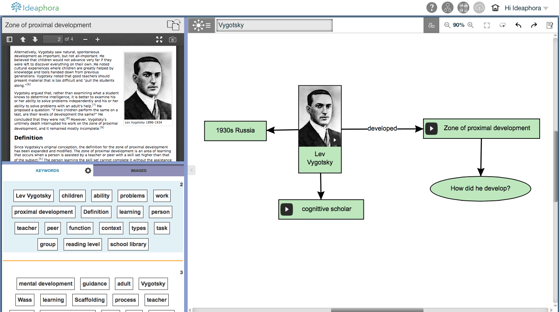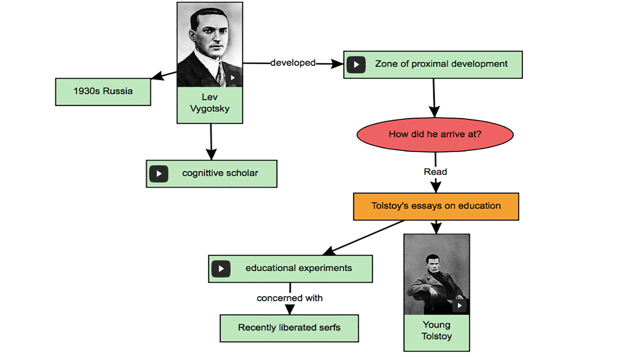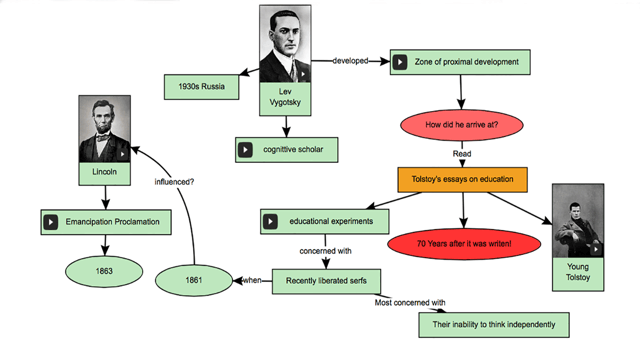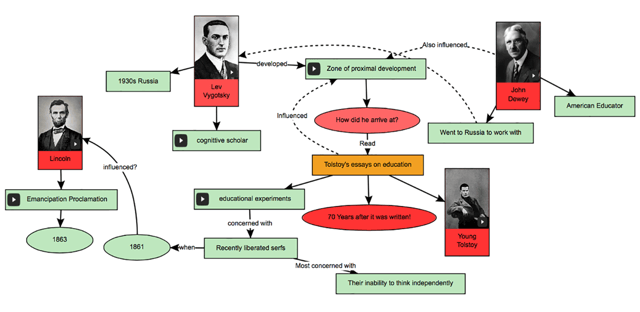This post is written by Mary Chase, Ph.D., an expert in curriculum design, literacy education, and technology integration.
In previous posts, we’ve explored a variety of theories and educational approaches, and as I’ve written, opportunities to reflect on my own teaching practice have arisen. When I look back over the years (I started teaching in 1980!), I realize that one of the greatest lessons I’ve learned came from one of my dissertation advisors, the great Donald Graves. Whether in class, participating in a research project or just living his life, Don reminded us that teachers must be practitioners of the skills we teach, and show our students how important reading, writing and critical thinking are to our own lives. We had to make our own learning and discovery visible to them, not just “preach” a curriculum. I teach writing, and it has made a huge difference for me to write with my students, allowing them to watch me struggle and think and find my way to a meaning I didn’t even know was there.
As we’ve seen, the Ideaphora knowledge mapping environment offers a powerful way for students to work through their thinking, decode text and, perhaps most importantly, find connections between ideas to trigger new insights. But what about us sharing our own discovery and thinking with our students? Ideaphora also makes it easy for us to include students in the journey as we make our own inroads to learning.
Let’s try it! I’ll start my exploration using a model of “backward exploration” (basically, looking for connections between causes and effects). This approach was developed by scholar James Burke who, in the 1980s, created a television program for PBS called Connections. In the course of each episode, he would demonstrate the interconnectedness of cultural and scientific evolution, noting that "there is always a connection but, if the link has never been made before, nobody knows it's there." Through an ambitious examination of ideas and events, Burke would trace such cause-effect connections as the use of cobalt in dyeing Ming vases to its eventual importance in the manufacture of computer chips.
Using various online text and video sources, the map of my thinking and learning journey looks like this:
1.
2.

3.

4.

By backward mapping relationships that suggest cause-effect, I can now tell this story:
Two years before Abraham Lincoln's 1863 Emancipation Proclamation, Tsar Alexander II of Russia issued a Declaration of Emancipation for his feudalistic empire's serfs. These bonded laborers had toiled for centuries in exchange for little more than the nobility’s protection. Alexander’s emancipation provoked an unforeseen problem: the entry of an entirely illiterate population into society. These troubled times were analyzed in essays written by novelist Leo Tolstoy who lamented the inability of former serfs to understand why written stories hold more value in society than those circulated in oral tradition. Then he speculated on ways in which education might help move the children of serfs forward into a more enlightened mindset.
Fast forward 60 some years to young Russian cognitive psychologist Lev Vygotsky—you remember him from previous posts—who read Tolstoy's essays and used them to round out his own ideas on literacy acquisition. About the same time, American educator John Dewey visited Russia where he met Vygotsky and discussed the ideas of the Pragmatic Movement as well as the developing constructivist learning approach. As a result of this conversation, some have suggested, Vygotsky began to articulate his ideas about the Zone of Proximal Development and scaffolding in terms that were less speculative and more concrete.
I knew it was important to undertake the same tasks I assign my own students, but now I’ve a renewed appreciation for it. I made a discovery by making connections. It’s not just a strategy: it’s a belief about learning. I’m also cognizant of what happened in my brain as I was working on this project and how sharing this kind of exploration can help my students as they encounter the tangled events of literature, history and culture.
Further, it’s interesting to me that the way events unfold in life is similar to how the brain works: interconnected pathways snap and fire, allowing new insights, raising new concerns and enabling new ways of thinking. Our cognitive functions seem more like a collage than an outline, and far more liberating and full of possibility. Educators often discuss the "best practices" that underlie their pedagogies; likewise, I'd suggest that taking advantage of certain brain functions (visual learning or dual coding, for example) affords us with another set of cognitive “best practices.” We need to pay close attention to what we are learning about the brain so we can enrich our teaching and make the best use of the tools—like Ideaphora—that can support us.
The complete Vygotsky map and the resources that it is based on are available in Ideaphora for all users. To try Ideaphora in your classroom for free, sign up for the Classroom Pilot program.

